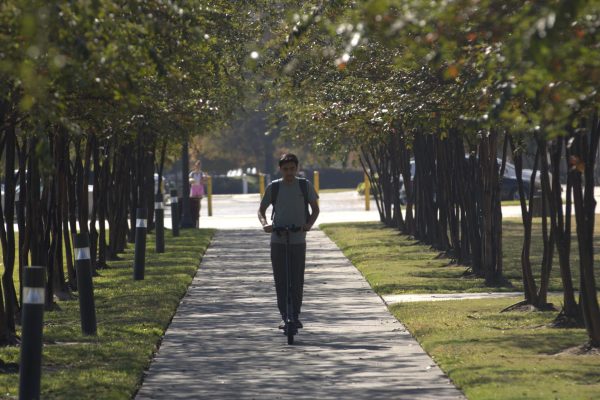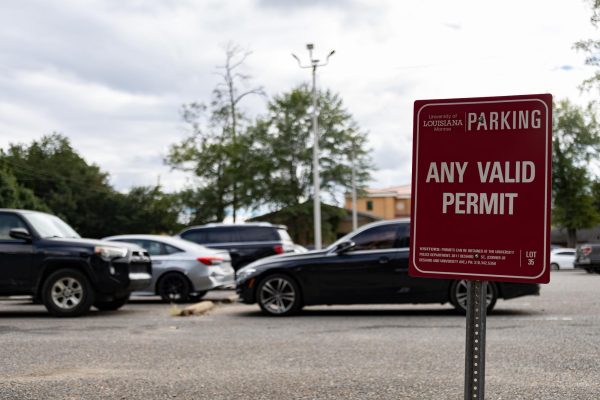Does Student-to-Student page create change?
(FOR)
In the past few years, social media has transformed the way change is made. Information can be shared across the globe with the tap of a finger or the click of a button. It has never been easier to spark a revolution than it is now. For years, the world has watched as social movements grew massive support overnight due to tweets, YouTube videos and Tumblr posts.
Our parents and grandparents lived through movements like the Civil Rights movement and the Anti-War movement of the ‘70s. The effects of those movements occurred slowly but surely. What used to take years can now take minutes. Our generation has experienced movements which has caused changes in a matter of days thanks to the rise of social media.
Two of the largest movements from our time are Black Lives Matter and MeToo. In fact, both movements began as hashtags on Twitter. However, those hashtags quickly turned into marches, rallies, protests and eventually legal action. And the waves of movements like these weren’t just felt in the United States— they were felt around the world. Teenagers like Greta Thunberg, who advocates for climate change prevention, and the Parkland students, who stand up for gun control, have started to make their mark on the world all from behind the screen of their phone or computer.
If we take a look at ULM, we can see this phenomenon on a smaller scale. On Facebook, there is a private group called Student-to-Student at ULM.
All you have to do to join is be either a current or former ULM student or faculty member. Although the page is run by students and not officially affiliated to the school, it has recently become the driving force behind many changes happening on campus.
Filing formal complaints can take ages. The processes can be long and rigorous which often don’t fit into a busy college student’s schedule.
Also, even after complaints are filed, there is often a lengthy waiting period before any change can be made. So, instead of reporting issues, students have started talking about their concerns openly on Student-to-Student.
One residential girl was unhappy with how ULM set up game day parking because people were allowed to park in residential parking and posted about it.
Dozens of other residential students voiced their support in what she was saying. The next day, the University Police Department’s chief Tom Torregrossa contacted the girl through email letting her know he would fix the problem. Before the next game, different parking arrangements were made.
Another issue that ULM students have experienced is poor food conditions in the cafeteria. One student posted a photo of a moldy hamburger bun only to be bombarded with countless other photos of questionable food. Some people were upset and commented why students wouldn’t just make a formal complaint instead of posting in Student-to-Student.
But it was then discovered that ULM’s cafeteria currently had no information on how to even report incidents as such. That is why places like Student-to-Student are helpful tools.




